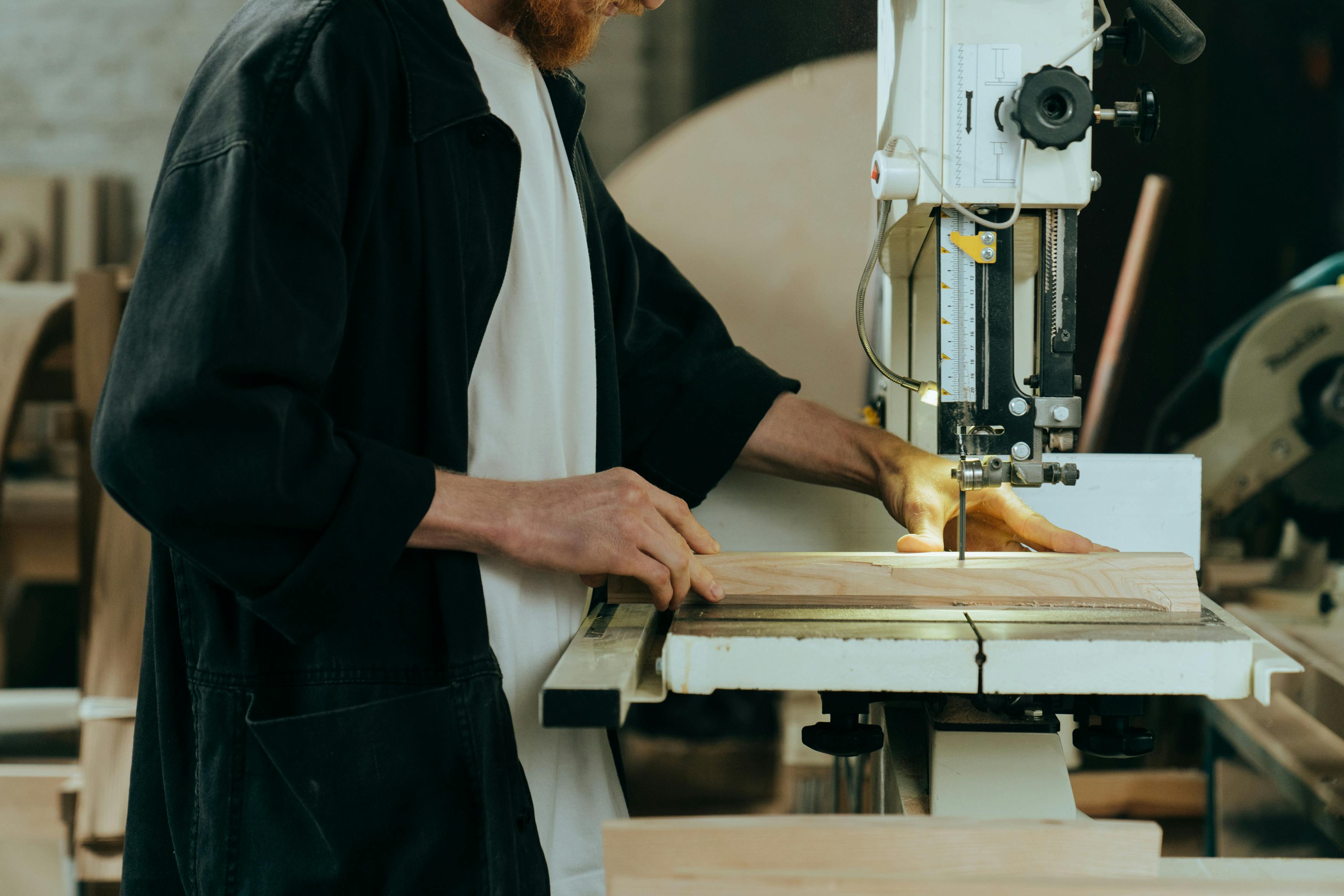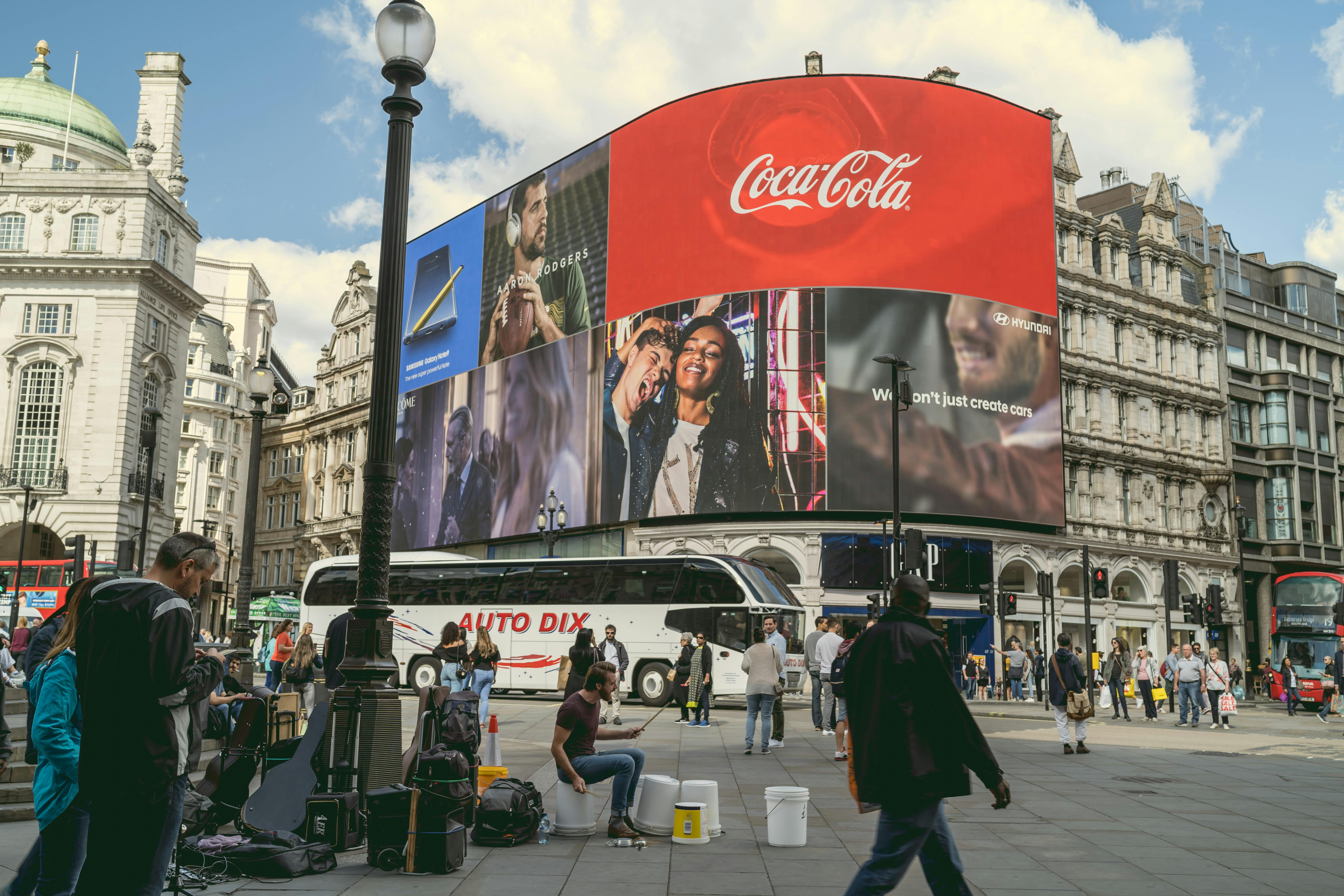While the demand for green buildings continues to expand in the commercial and residential building sectors, there is little availability of environmentally friendly surface protection products. For example, a green building may incorporate sustainable materials in all installed finishes, but be protected by a foreign-made cling film made from petroleum-based plastics. A newly installed bamboo floor can be covered with regular hardwood floor protection made entirely of man-made materials.
Surface protection and dust containment are two vital methods of protecting against costly construction damage in the workplace and controlling indoor air quality. The development of new protective products that use recycled materials and products made for reuse is gaining momentum. Construction customers ask suppliers about the environmental impact of the products they choose to purchase. Fortunately, there are now providers focused on helping customers choose surface protection products made with the least environmental impact. These products are generally made from; paper, cotton scraps and recycled plastics.
Surface protection made from recycled compressed paper or recycled corrugated cardboard has several common applications, including protecting floors, doors, and countertops. Ram Board® is the best-known brand of laminated fiberboard and is commonly used to protect floors and countertops. It is made with 100% recycled paper, of which 90% is post-consumer material. Although marketed as reusable, most users report that Ram Board® does not hold up well enough to be reused. DoorGuard(TM), the first and most popular door protector on the market, is made from 99% recycled cardboard. DoorGuard(TM) is typically reused multiple times per construction project and is secured with natural rubber. It is frequently moved from the lower floors of a skyscraper under construction to the upper floors as construction progresses. DoorGuard(TM) and Ram Board® can be recycled into new products.
Recycled cotton textiles are used in various types of reusable rolled floor protection that provide a soft layer of absorbent protection that will not scratch floors. These products consist of two types; a breathable roll-up product designed to allow glue vapors to escape from newly installed floors and a laminated product that makes the protection waterproof. Both the unlined, breathable cotton protection and the plastic-lined, leak-proof product can be reused many times. Unfortunately, however, plastic-coated protection cannot be recycled without first removing the liner. Currently, these products are manufactured and imported from Europe; however, similar products from an American manufacturer will soon be available.
The most common and least environmentally friendly types of temporary surface protection are temporary adhesive films. These films are commonly made in Asia from 100% virgin plastic and then imported into the US. Although these films have a low cost per square foot, they have recommended use times ranging from 30 to 180 days and none way they are reusable. However, a positive point for plastic protection is the recycling of the plastic used in corrugated plastic sheets. These films protect floors, walls, exterior windows and many other surfaces in large commercial construction projects. In recent months, plastic sheets made with up to 30% pre-consumer plastic waste have become available and are made in the USA. The manufacturer will accept used sheets for recycling into new sheets.
Choosing to use surface protection is in itself a positive step towards sustainability. Protecting bathtubs, floors, doors and other finishes reduces the chances that they will require repairs with toxic compounds or, worse still, that they cannot be recovered and end up in a landfill. This unfavorable result harms both the environment and the profits of builders. Hopefully, the trend towards sustainable surface protection will continue to move rapidly into the future as the options and popularity of eco-friendly finishes grow.



